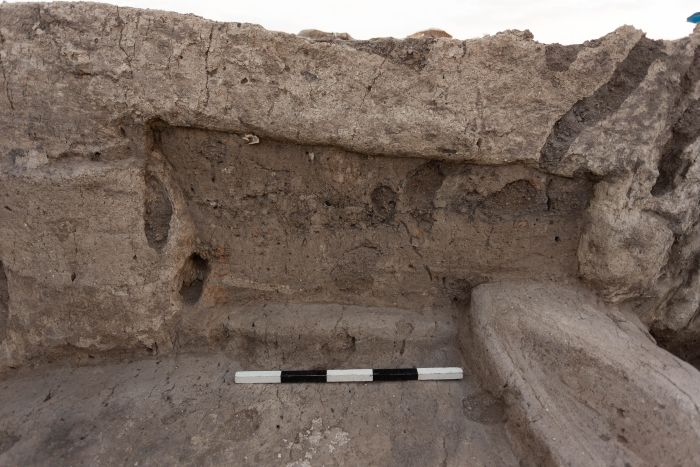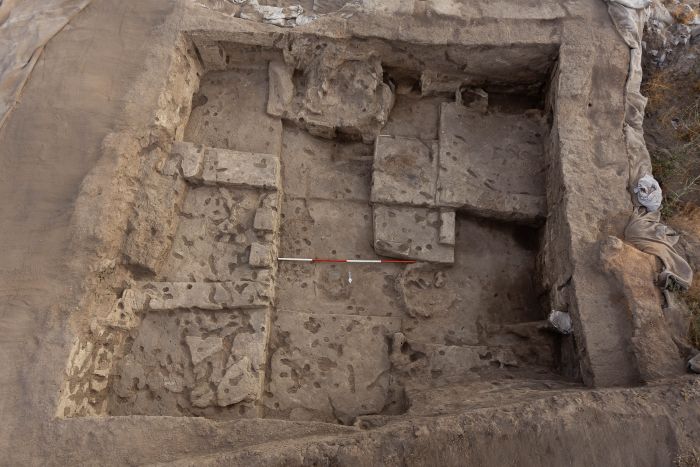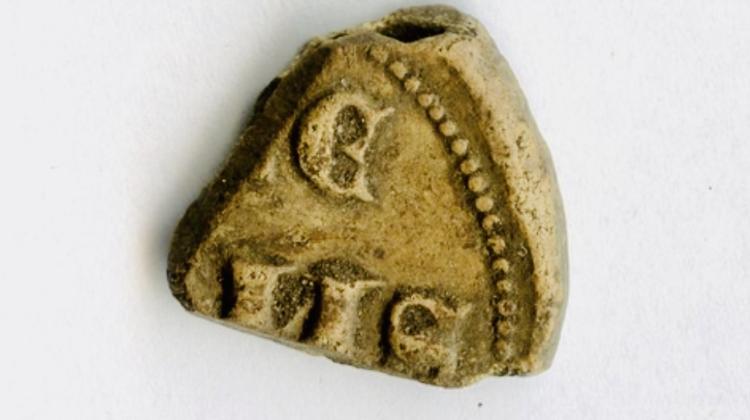Polish archaeologists discover ‘unusual’ 8,000-year-old building in Turkey
Polish archaeologists working in Çatalhöyük in the central Anatolia (Turkey) have discovered a large mudbrick building, in which the inhabitants of one of the oldest settlements in the world met. It was built near the end of the settlement's existence, over 8,000 years ago.
Çatalhöyük, an archaeological site in central Turkey, was inhabited without interruption for almost 1,200 years - between 7,100 and 5,950 BCE. It is estimated that during its peak period, the densely built settlement with an area of several dozen hectares had approx. 2,000. residents. From a bird's eye view, it looked like a honeycomb, and the entrances of houses were on their flat roofs.

This year, Polish archaeologists under the supervision of Professor Arkadiusz Marciniak from the Faculty of Archaeology of the Adam Mickiewicz University in Poznań examined an unusual structure from the end of the settlement located on the eastern edge of the settlement, a few hundred meters from its central part.
The archaeologists noticed the entire surface of the structure was built-up. The buildings consist of 12 platforms - elevations covered with clay, nine of which are located along all the walls of the building.
Professor Marciniak said: “The building was clearly larger than the typical residential structures from that period. It was built on a square plan, and its area was about 30 sq m. Its interior was also unusual.
“There are probably human burials under most of them, but we will get the answer to this question during excavations planned for next year.”
The edge of the eastern platform is decorated with two pilasters (flat architectural elements used to give the appearance of supporting columns). On both sides of each pilaster there were pedicles (attachment point for antlers). There was a semi-column on each of the four walls, one of them decorated with a relief. A large part of the western wall was covered with a painting, mainly in red. A large furnace was located by the southern wall.

In the central part of the building, archaeologists noticed the remains of the hearth. Two holes in the walls led into its interior.
According to Professor Marciniak, the building did not have a residential function, although earlier residents of the settlement buried the dead under their houses. A large number of mysterious platforms, their decorations and unusual layout of the structure indicate that the building was used by the entire community living in the settlement.
Marciniak said: “We know that the building was used when Çatalhöyük was no longer a mega-settlement with thousands of residents. The residents dispersed. They would return to visit the place where their ancestors had lived. Some had the honour of being buried there.”
He added that although the building could have been a religious one, “I would attribute a greater role to social integration. The hearth in the middle suggests that people gathered around it. We do not yet know how many - and what type of burials are in this building.”
A typical residential building from this period was smaller and had places for storing food and making tools. The entrance led through the hole in the roof.
This is the first such building discovered in this settlement, although during previous research archaeologists did find buildings that differed from standard houses from the older phases of the settlement, interpreted as temples, among other things.

Marciniak continued: “Until now, Çatalhöyük was the only large Neolithic settlement in the Middle East, where such a building was not known.”
In his opinion, the discovery contradicts the existing vision of the egalitarian population inhabiting the settlement at the end of its existence.
He said: “The discovery confirms significant social changes that took place at the end of the settlement's existence. They led to the formation local communities that had unequal access to the goods and objects of prestige.”
Çatalhöyük is one of the most famous archaeological sites in the world. It became famous thanks to the characteristic mudbrick buildings. Their walls adjoined each other directly, and the entrances were on the roof level. The interiors of some houses were richly decorated with paintings. In 2012, Çatalhöyük was inscribed as a UNESCO World Heritage Site.
PAP - Science in Poland, Szymon Zdziebłowski
szz/ zan/ kap/
tr. RL
Przed dodaniem komentarza prosimy o zapoznanie z Regulaminem forum serwisu Nauka w Polsce.

















